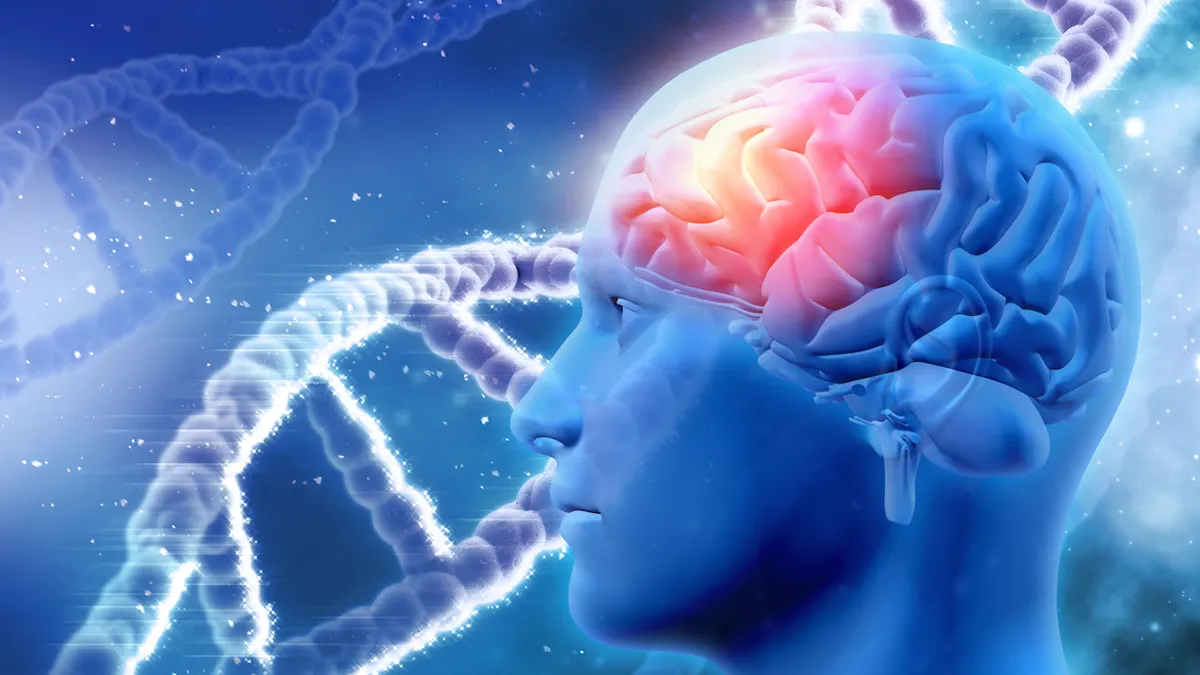Across the globe, scientists are delving into the biology of a rare condition that seems to hold unique clues about how human sociability evolved. Williams Syndrome (WS), a genetic disorder affecting approximately 1 in 7,500 people worldwide, is marked by an extraordinary degree of friendliness, emotional warmth, and trust in strangers. Individuals with WS often greet people they have never met with enthusiasm and openness, creating both profound social moments and considerable risks.
This heightened sociability comes with challenges. People with WS may struggle with maintaining long-term friendships despite their affectionate nature, and they are often vulnerable to exploitation due to difficulty recognizing danger or deceit. These social behaviors, once viewed as purely behavioral, are now revealing important insights about the genes that shape human interaction, emotion, and cognition.
At the root of Williams Syndrome lies a small but significant deletion of genes on chromosome 7. Among the missing genes is ELN, which produces elastin—a protein essential for flexible blood vessels. Its absence contributes to cardiovascular complications common in WS. Another gene, BAZ1B, influences the development of neural crest cells, which help shape facial features and possibly influence brain function. Individuals with WS tend to have a distinct facial appearance, including a small upturned nose and wide mouth.
But it’s the sociability of people with WS that has captured the attention of researchers around the world. Some experts believe that reduced levels of adrenaline, possibly caused by altered adrenal gland development, may dampen fear responses and contribute to an unusually high level of trust in others. Others point to the GTF2I gene, which appears to influence social behaviors across species. For instance, animals lacking this gene often show more sociability, while a duplication of the gene in humans has been linked to social anxiety.
While the exact mechanisms remain under investigation, studies suggest that GTF2I may affect how myelin develops in the brain. Myelin is a fatty sheath that allows neurons to transmit signals efficiently. In people lacking this gene, neurons may have less myelin, leading to impaired communication between brain regions such as the amygdala—which processes fear—and the frontal cortex, responsible for decision-making and social behavior. This disconnect may explain the lack of social inhibition often seen in WS.
Emerging research has shown that treatments aimed at improving myelination may hold promise. One existing allergy medication, known to support myelin growth, is currently being evaluated in clinical trials as a potential therapy for WS. Scientists hope it might help regulate social behavior without altering the positive traits that many families deeply value.
Beyond myelin, researchers have found signs of mitochondrial dysfunction in the neurons of individuals with WS. Mitochondria provide the energy cells need to function, and abnormalities may contribute to the neurological symptoms observed in the condition. Additionally, increased levels of oxytocin—the hormone associated with bonding—have been documented in people with WS, possibly enhancing their affectionate behavior.
Another line of inquiry suggests that people with WS may form more neural connections than usual, especially in areas of the brain linked to reward and pleasure. This could mean that social interaction triggers a more intense dopamine response in these individuals, leading to a sense of joy or gratification upon meeting someone new. This mechanism may explain both the eagerness for human connection and the vulnerability that can result.
Conversely, studies of individuals with autism—a condition often characterized by social withdrawal—show fewer neural connections. The contrast between these two conditions is offering researchers a wider view of how genes fine-tune our social tendencies.
Ultimately, the study of Williams Syndrome is shedding light not only on a rare condition but also on fundamental aspects of what makes us human. Trust, kindness, and sociability are traits that helped early humans survive and form communities. The way these traits manifest—sometimes in excess—offers a glimpse into how our brains manage the complex balance between openness and caution.
As researchers continue to uncover the biological basis for these behaviors, their findings may pave the way for new treatments that support people with WS while also deepening our understanding of human connection in a broader sense. What emerges is not just a story about a medical condition, but a deeper reflection on empathy, vulnerability, and the evolution of social life.



